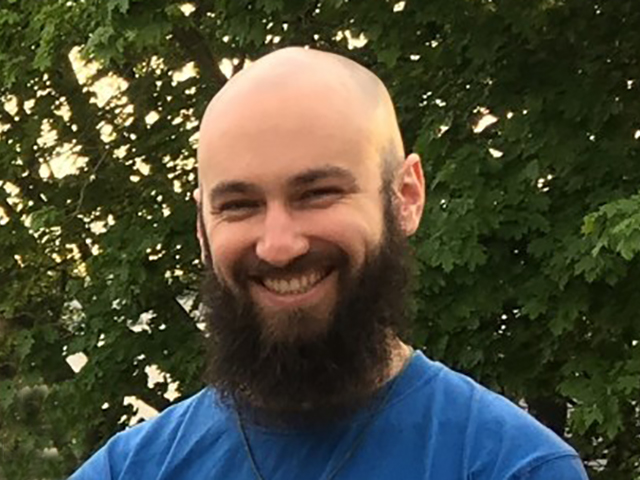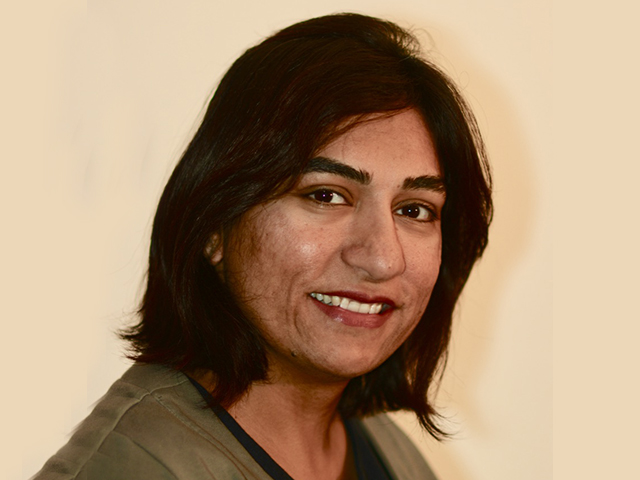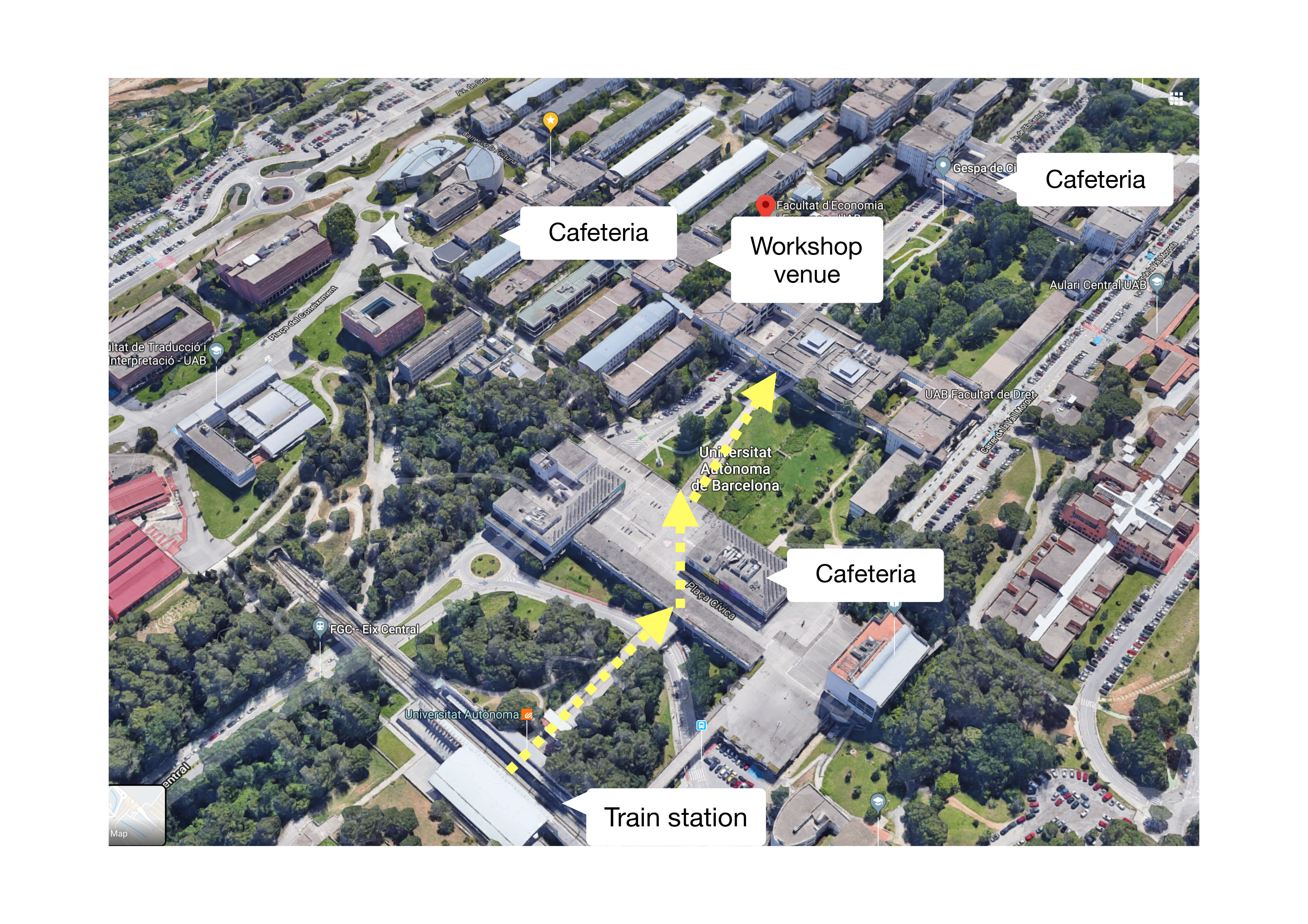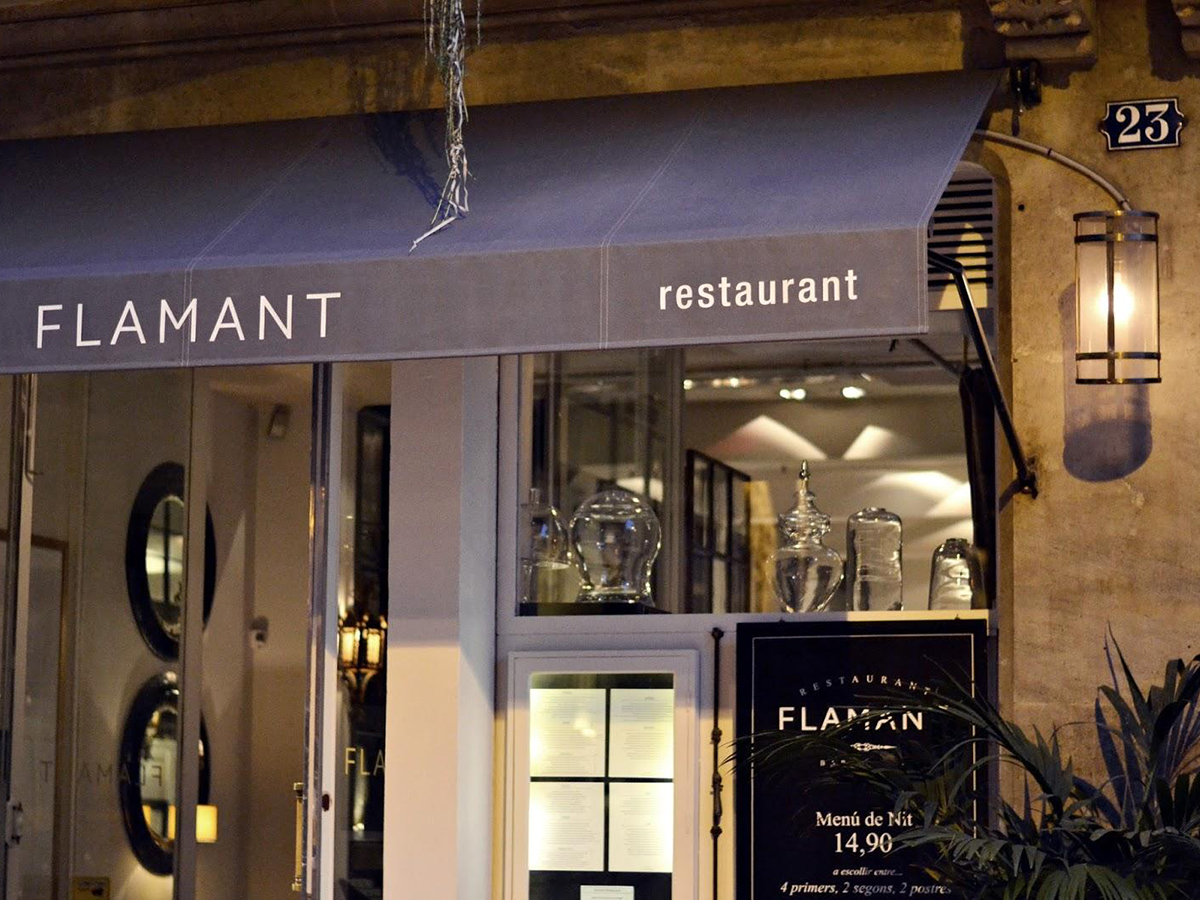About The Workshop
Within the research project “Prosodic and morphosyntactic domains: analyses of morphophonological phenomena at the interfaces” (FFI2016-76245-C3-1-P), we are organizing a two-day workshop on “Recursivity in phonology, below and above the word”, featuring the keynote speakers Emily Elfner (York University, Canada), Junko Itô and Armin Mester (University of California, Santa Cruz).
Where
Universitat Autònoma de Barcelona, Bellaterra
When
Thursday and Friday
21-22 November 2019
Recursion, i.e. unbounded nesting, has long been seen as a fundamental cognitive property of the language faculty, usually associated with the syntactic component of the grammar. One of the achievements of phonological research in the previous century was the discovery of structured patterns within the continuous flow of sounds in spoken language. In the early eighties, the exploration of such patterns gave rise to the development of Prosodic Phonology, whose tenet is that phonological constituency is analogous, but not structurally identical, to morphosyntactic constituency. According to Prosodic Phonology, the constituent structure of phonological forms is defined in terms of the Prosodic Hierarchy, a hierarchy of a finite set of universal prosodic categories, i.e. the syllable < the metrical foot < the phonological word < the phonological phrase < the intonational phrase < the utterance. In the early days of Prosodic Phonology, it was assumed that all prosodic representations complied with the Strict Layer Hypothesis. According to this hypothesis, a category of level i in the hierarchy immediately dominates a (sequence of) categories of level i−1.
However recursive higher-ordered prosodic categories, such as the phonological phrase and the intonational phrase, were promptly advocated in the literature. With the arrival of Optimality Theory, the Strict Layer Hypothesis was relaxed and recursive structures were posited to account for a wide range of phonological phenomena, including the prosodification of function elements into recursive phonological words. Recursive structures have recently been proposed for prosodic categories below the phonological word, most notably for the metrical foot, but also for syllables and even moras. A substantial body of research has argued that recursive feet account for ternary stress patterns and also facilitate a unified account of several foot-conditioned segmental and tonal distributions. In the literature on the syntax-phonology interface, recursivity above the phonological word has received renewed attention, especially since the appearance of Match Theory. At the other end of the spectrum, we find work on the syntax-phonology interface that completely rejects prosodic constituency, and derives instead the relevant domains for phonological computation from syntactic phases.
Invited Speakers
Here are our invited speakers
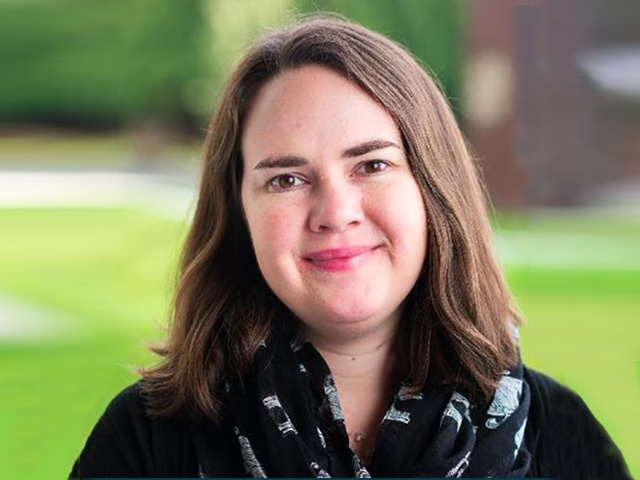
Emily Elfner
York Univerity, Canada
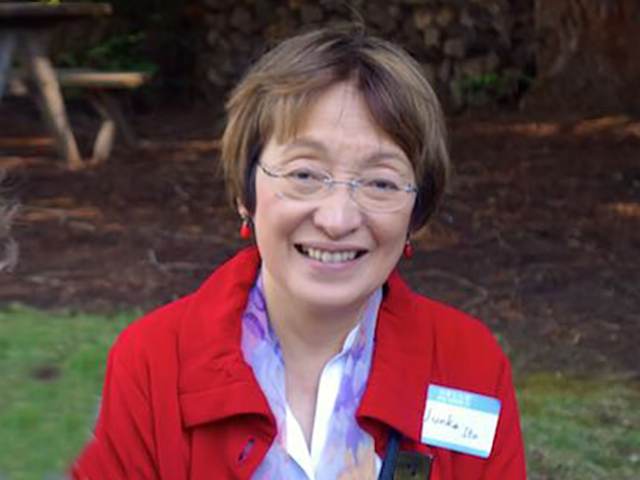
Junko Itô
University of California, Santa Cruz
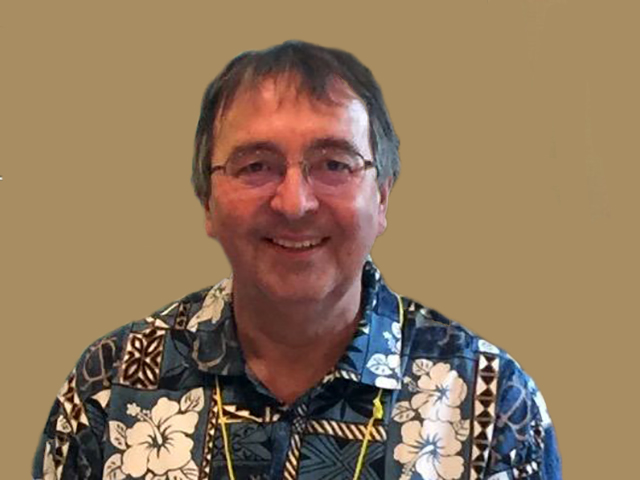
Armin Mester
University of california, Santa Cruz
Workshop Program
Here is our workshop schedule. See also the PDF Final Program
Registration and Welcome

Julian Bradfield (University of Edinburgh)
Recursivity in phonology -- what can it mean below the word?

Geoff Schwartz (Adam Mickiewicz University)
Segment-internal structure and recursion combine to unify all levels of phonology
Coffee break


Junko Itô, Armin Mester (University of California Santa Cruz)
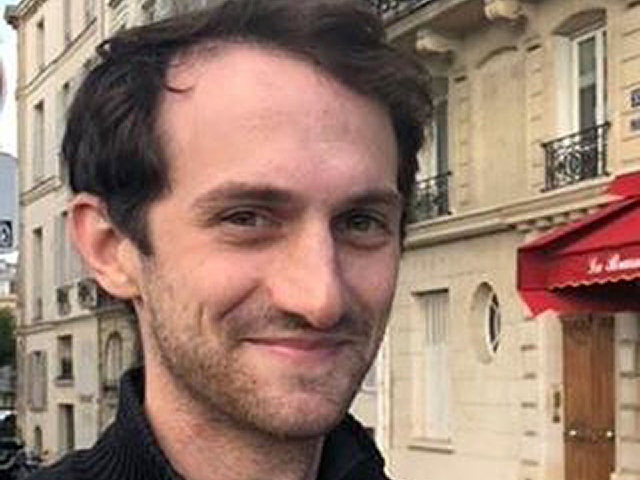
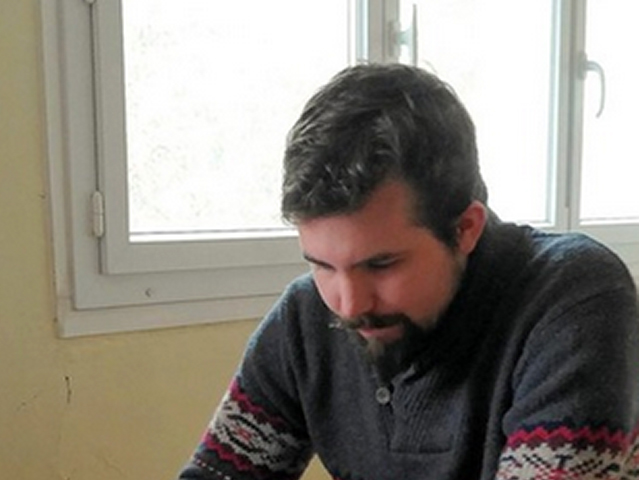

Quentin Dabouis, Guillaume Enguehard and Nicola Lampitelli (Université Clermont-Auvergne, LRL; Université d'Orléans, LLF & Université de Tours, LLLs)
Lunch
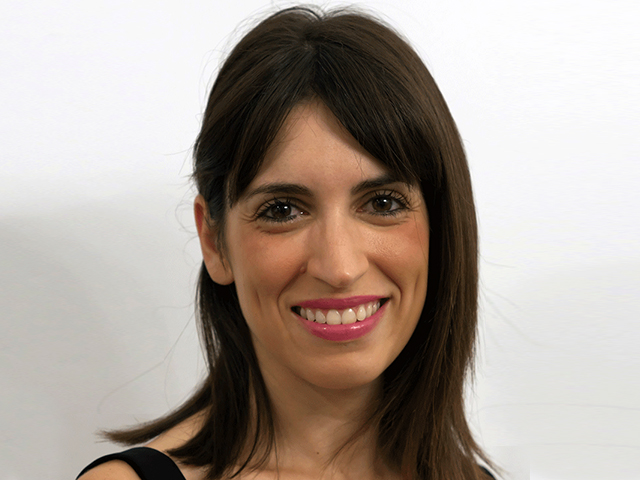
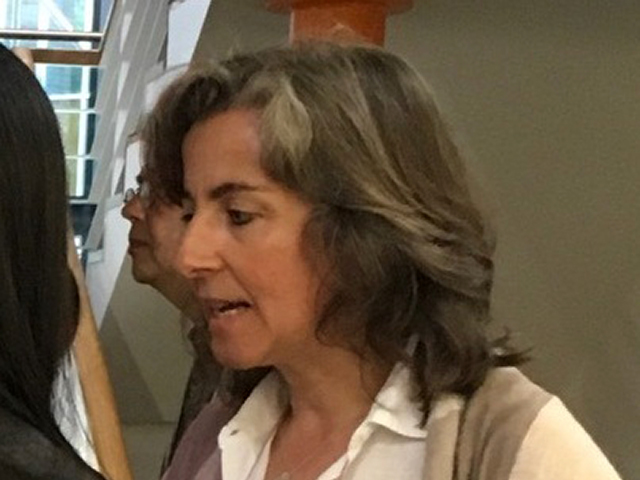
Violeta Martínez-Paricio & Marina Vigário (Universitat de València & Universidade de Lisboa)
Coffee break
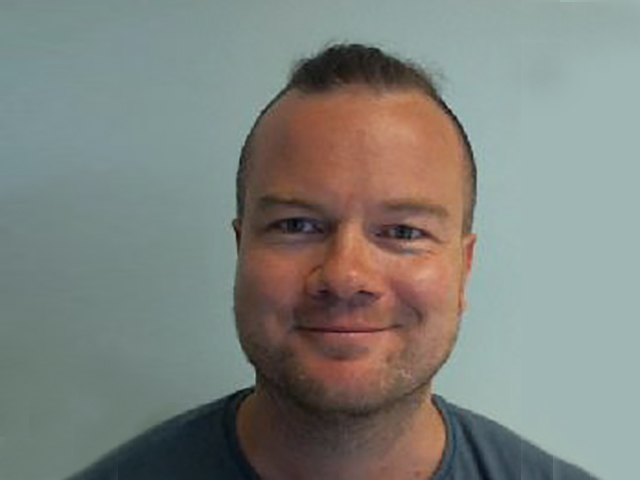
Markus Alexander Pöchtrager (Universität Wien)
Hierarchy vs. linearity in phonology and the recursive structure of nuclei


Anthi Revithiadou & Giorgos Markopoulos (Aristotle University of Thessaloniki)
Identifying PW-recursion with contradicting phonological evidence
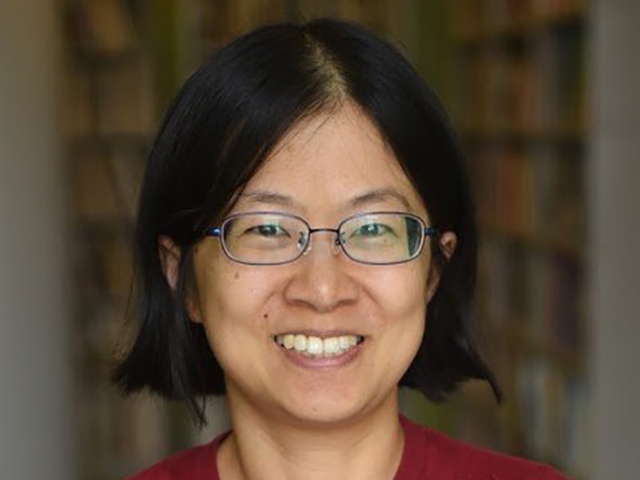
Kristine M. Yu (University of Massachusetts Amherst)
Computational perspectives on phonological constituency and recursion
Coffee break

Emily Elfner (York University)
Invited talk: Match Theory and Recursion below and above the word: Evidence from Tlingit
Lunch
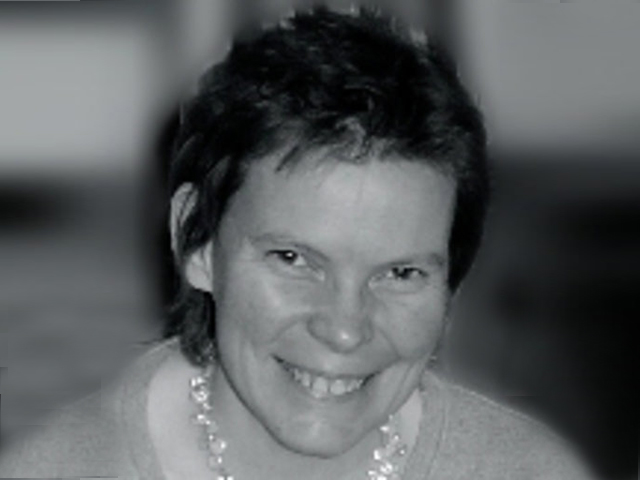

Elisabeth Delais-Roussarie & Brechtje Post (Université de Nantes, UMR 6310-LLING & University of Cambridge, Theoretical & Applied Linguistics)
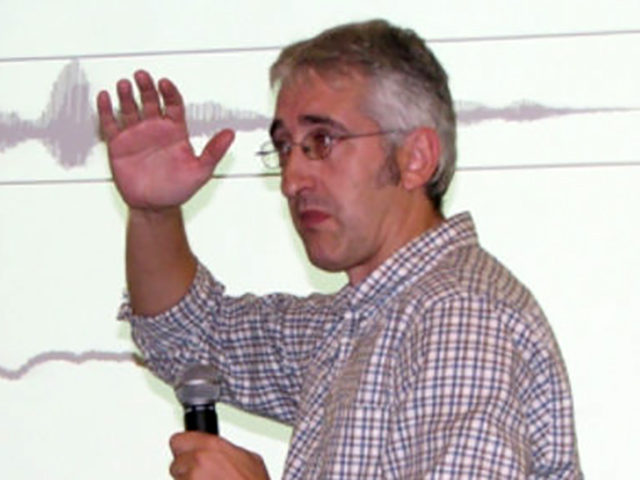
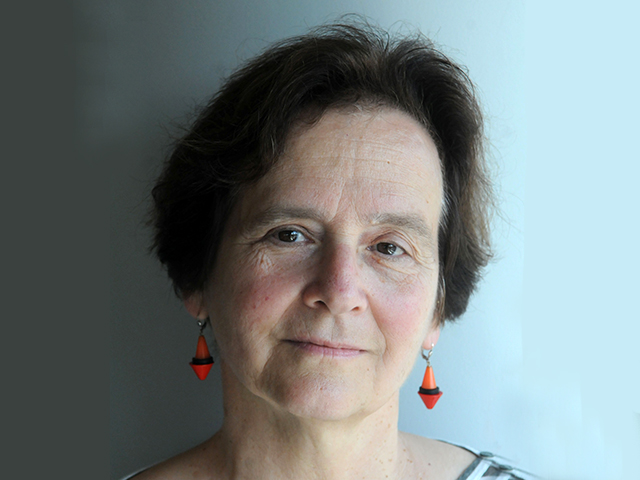
Gorka Elordieta & Elisabeth Selkirk (University of the Basque Country UPV/EHU & University of Massachusetts Amherst)
Phrasing unaccented words in a recursive prosodic structure in Basque
Coffee break and poster session
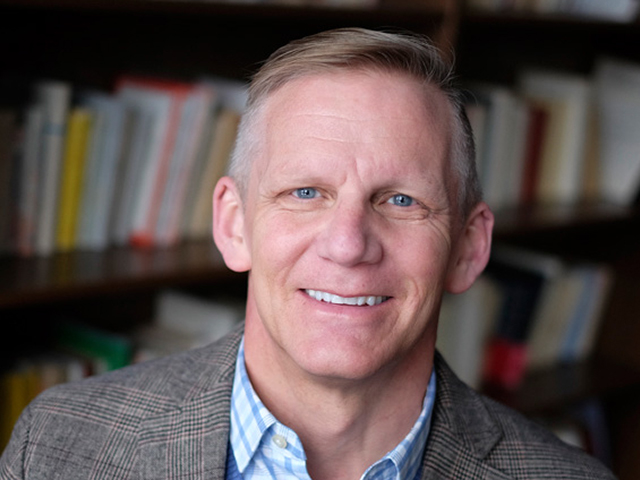
Daniel Karvonen (UiT The Arctic University of Norway)
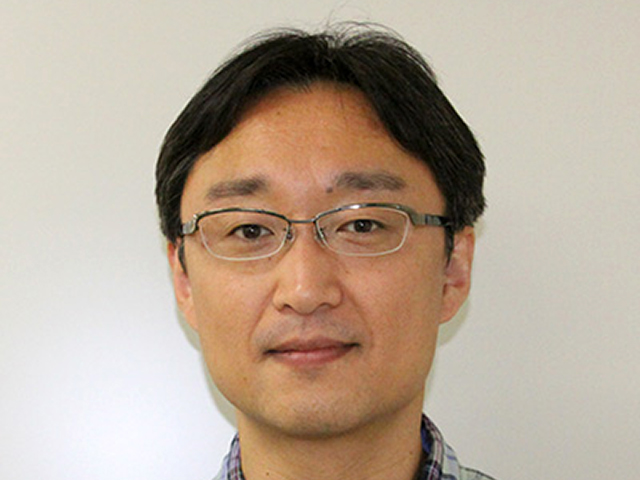
Yoshihito Dobashi (Niigata University)
An Interpretive Approach to Phonological Phrasing and its Implications for Recursive Phrasing
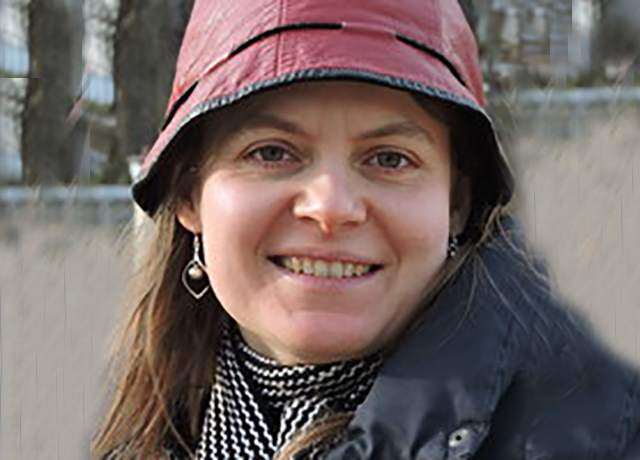
Natalia Kuznetsova (University of Turin & Institute for Linguistic Studies, Russian Academy of Sciences)
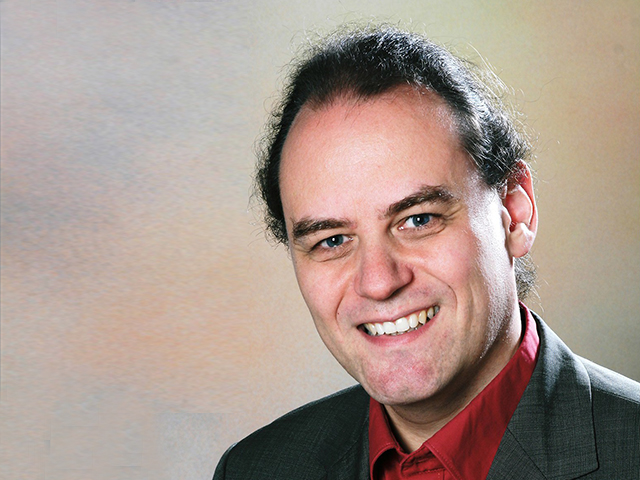
Frank Kügler (Goethe Universität Frankfurt, Institut für Linguistik)

Discussant: Joan Mascaró (Universitat Autònoma de Barcelona)
General discussion and closing remarks
Organizing Committee
This is our Organizing Committee
Scientific Committee
This is our Scientific Committee
Birgit Alber
(Università di Verona)
Outi Bat-El
(Tel-Aviv University, אוניברסיטת תל-אביב)
Ryan Bennett
(UC Santa Cruz)
Ricardo Bermúdez-Otero
(University of Manchester)
Stuart Davis
(Indiana University)
Laura Downing
(Göteborgs Universitet)
Emily Elfner
(York University/Université)
Caroline Féry
(Goethe-Universität Frankfurt)
Janet Grijzenhout
(Universiteit Leiden)
Patrick Honeybone
(University of Edinburgh)
Junko Itô
(UC Santa Cruz)
Jesús Jiménez
(Universitat de València)
Peter Jurgec
(University of Toronto)
Baris Kabak
(Universität Würzburg)
Maria-Rosa Lloret
(Universitat de Barcelona)
Violeta Martínez-Paricio
(Universitat de València)
Judith Meinschaefer(Freie Universität Berlin)
Armin Mester(UC Santa Cruz)
Andrew Nevins(University College London)
Heather Newell(Université du Québec à Montréal)
Clàudia Pons-Moll(Universitat de Barcelona)
Anthi Revithiadou(AristotlenUniversity of Thessaloniki, Αριστοτέλειο Πανεπιστήμιο Θεσσαλονίκης)
Tobias Scheer(Université de Nice-Sophie Antipolis)
Elisabeth Selkirk(University of Massachusetts Amherst)
Donca Steriade(Massachusetts Institute of Technology)
Nina Topintzi(Aristotle University of Thessaloniki, Αριστοτέλειο Πανεπιστήμιο Θεσσαλονίκης)
Harry van der Hulst(University of Connecticut)
Marina Vigário(Universidade de Lisboa)
Irene Vogel(University of Delaware)
Sophie Wauquier(CNRS / Université Paris 8)
Eva Zimmerman(Universität Leipzig)
Call for papers
Research Questions
We encourage speakers to address, although not exclusively, some of the research questions formulated below, either arguing in favor or against recursivity in phonology, and from any theoretical perspective and methodology, including phonological formal analyses of particular languages, language typology, language acquisition, laboratory phonology, psycholinguistics or neurolinguistics.
- Does recursivity in phonology exist at all?
- If recursivity in phonology exists, what exactly can or cannot trigger a recursive structure in the domain of the syntax-phonology interface?
- Is recursivity restricted to higher-ordered phonological constituents like the phonological phrase and the intonational phrase? If so, why?
- What is the empirical evidence to posit recursive structures above the word?
- Does ternarity exist in phonology (at the level of the metrical foot or at higher-ordered levels) or should it be derived from recursive structures?
- If recursivity in phonology also exists below the level of the phonological word, does it show an upper bound on nesting?
- Does recursivity also exist below the level of the metrical foot, i.e. the syllable, the mora?
- What is the empirical evidence to posit recursive structures below the word?
- What does recursivity add to the prosodic bootstrapping hypothesis, the idea that L1 learners use prosodic features as a cue to identify more abstract properties of grammar such as syntactic constituency?
- Can neural correlates of phonological recursion be observed?
Submission of abstracts
The workshop will feature 45 minute talks (30-35 minutes followed by 15-10 minutes for comments and questions). Abstracts must be submitted through EasyChair by the 1st of June, 2019. Abstracts will be reviewed by 3 anonymous reviewers.
Abstract guidelines
Abstracts must be anonymous, maximally 1 page long (A4), with an extra page for figures, examples, tables and references, 12 pt Times New Roman, with one-inch (2.54 cm) margins on all sides, and written in English, PDF format.
Important dates
- Abstract submission deadline: June 1, 2019
- Notification of acceptance: July 15, 2019
- Program announcement: September 15, 2019
- Registration: October 1 - November 1, 2019
Workshop Venue
Event venue location info and gallery
TRAVEL INFORMATION: From the airport | To the UAB | Conference venue | Recommendations | Printable version | Campus map with directions and places to eat
Universitat Autònoma de Barcelona, Bellaterra
Sala de Graus, Facultat d'Economia i Empresa
The workshop will take place at Universitat Autònoma de Barcelona (UAB). The easiest way to arrive to UAB from Barcelona is by train.
By train from Barcelona
Ferrocarrils de la Generalitat de Catalunya (FGC)
Line Barcelona-Sabadell (S2) or Barcelona-Universitat Autònoma (S6).
Station: Universitat Autònoma.
In Barcelona, these trains stop at Catalunya, Provença, Gràcia, Muntaner and Sarrià.
The journey time to/from Barcelona is 45 minutes, and trains depart approximately every 10 minutes.
Travel Info
From the airport | To the UAB | Conference venue | Recommendations | Printable version | Campus map with directions and places to eat
From the airport to Barcelona (Plaça de Catalunya)
The journey from the airport to Barcelona center (on taxi, train, bus or metro) is about 30-40 minutes, depending on the time of day.
By bus (recommended option!)
The Aerobus service links Barcelona airport to the city center. You can get off at Plaça Catalunya (to get to the conference venue from there see below).
You can catch the Aerobus from outside both Terminal 1 and Terminal 2.
Fares:
You can buy your ticket from the staff at the bus stops (payment in cash or by credit card), at the automatic sales machines (payment in cash or by credit card) or by paying the bus driver (cash only payments).
One-way: 5,90€
Valid for one person and his/her luggage and valid up to one hour after purchasing.
Round trip: 10,20€
Valid for one person and his/her luggage. Valid GOING up to 1 hour after purchasing, and valid RETURN up to 9 days after purchasing. You must keep the ticket in order to exchange it for the return ticket trip.
Please be aware that:
Integrated travel tickets (T-10, T-Mes, T-50/30, T-Trimestre T-Jove, T-Familiar, T-Dia) are not valid for this service.
All children under 4 years do not pay.
You cannot book tickets in advance. Tickets can be purchased on the bus stop.
On return to the Airport: both Aerobuses for Terminal 1 and for Terminal 2 stop at the same bus stops. When making your way to Barcelona Airport, make sure that you take the right Aerobus. The Aerobus for Terminal 1 is light blue and dark blue. The Aerobus for Terminal 2 is dark blue and yellow.
By train
The airport station is situated opposite T2, and is connected to this terminal via an airbridge, located between terminal 2A and 2B. There is also a Bustransit service between the RENFE station and T1. Trains leave from the airport every 30 minutes and operate from 05:42am to 11:38pm daily (Line R2 North Airport - Sant Celoni / Maçanet Massanes). It takes 25 to 35 minutes to reach Plaça Catalunya in Barcelona city itself. In order to get to Plaça Catalunya you must stop at Barcelona-Sants and then take the subway (green line/line 3) to Plaça Catalunya.
Please check the Barcelona public transport website for more detailed information, tickets and timetables.
Ticket price is 4,20€.
By taxi
There are taxi stops outside both terminals. The journey to the city centre takes between 20 to 30 minutes, depending on road conditions. Taxi fares are around 35€ for the journey into the centre. Rates are displayed inside the cab.
The luggage supplement is €1 per item. The cost payable is indicated on the meter. It is advisable to request a receipt. You can check fees at www.taxibarcelona.cat
For more information you can call the telephone information line (932 235 151, extension 2158) between 08:00 and 15:00, or send an email infotaxi@amb.cat.
If you wish to collect a lost item you can call 902 101 564 (Monday to Friday from 08:00 to 20:00) or send an email to objper-taxi@amb.cat.
By metro
Metro Line l9 Sud connects the airport terminals T1 and T2 with the city of Barcelona, every 7 minutes. There are three stations in this line where you can transfer to other lines of the network: Torrassa (L1), Collblanc (L5) and Zona Universitària (L3). It also goes to Fira de Barcelona (Fira station). The journey from the airport to Barcelona city center by metro takes you 32 minutes and operates every day from Monday to Thursday (5:00 am to midnight), Fridays and eves of public holidays (from 5:00 am to 2:00 am), non-stop on Saturdays and from 5:00 am until midnight on Sunday.
The stations in this metro line are: Aeroport T1, Aeroport T2, Mas Blau, Parc Nou, Cèntric, El Prat Estació, Les Moreres, Mercabarna, Parc Logístic, Fira, Europa | Fira, Can Tries | Gornal, Torrassa, Collblanc and Zona Universitària. To go from Zona Universitària to Plaça de Catalunya, located in the city center, you have to take the Green Line/Line 3 (12 stops). Ticket price is 4,60€.
For further information on airport transport:
https://www.barcelona-tourist-guide.com/en/airport/barcelona-airport-transport.html
For information about Barcelona public transport
Getting to the UAB
Universitat Autònoma de Barcelona is located outside the city of Barcelona. Please visit the university website to check the best way of getting to UAB for you. We recommend taking Ferrocarrils de la Generalitat de Catalunya (FGC) which provide frequent (every 10-15 mins), punctual and affordable service. You can take a FGC train from either of the three stations in the city: Catalunya, Provença or Gràcia. The lines that go to UAB are S2 (Line Barcelona-Sabadell) or S6 (Line Barcelona-Universitat Autònoma). The journey time to/from Barcelona is 45 minutes, and trains depart approximately every 10-15 minutes. The name of the station you have to get off at is Universitat Autònoma.
Getting to the Conference Venue (Sala de Graus, Facultat d’Economia i Empresa)
To get to the conference venue from the railway station, you have to take the main exit in the middle of the station, go downstairs, and then go straight: you will arrive at the square called Plaça Cívica with a restaurant building on your right. On your left there will be a candy shop; turn left, cross the square and continue along the path that goes up the hill behind the square. Halfway up, on your right you will see the building of the “Facultat de Psicologia”. This is the building you are looking for. You can enter by the lateral door, turn right, and take the stairs down to get to the Facultat d’Economia i Empresa. The conference room (Sala de Graus) is to the left.
Recommendations
WATCH OUT FOR PICKPOCKETS…
especially in the popular turistic areas (like el Raval) and - above all - in public transport within the city. You should be alert at all times when travelling by metro or by bus.
Take good care of your belongings!
Registration & Dinner
Dinner location info and gallery
Restaurant Flamant, Barcelona
The workshop dinner will be on Thursday (November 21), 8:30h p.m., at RESTAURANT FLAMANT (carrer d'Enric Granados, 23, between Aragó and Consell de Cent).
The price of the dinner is 25€ and must be paid in cash at the workshop site upon (free) registration.
If you haven't signed up for the dinner and want to join us, please sign up as soon as possible; there are still few available seats.
Accomodation
Some good and economic options
Accommodation in university residence halls is always a good value for money.
To get to UAB, the most conveniently located residence is Residència d'Investigadors, just 10-15 min walk from the FGC station on Plaça Catalunya.
When looking for a place to stay, keep in mind that the most convenient connection to the UAB campus is the Ferrocarrils de la Generalitat de Catalunya (FGC), lines S2/S6. Convenient stops for this line are Plaça Catalunya (if you want to stay in the old city); Provença, on c/Provença, a few blocks from Pg. de Gràcia (if you want to stay in the Eixample); and Gràcia, at Pl. Gal·la Placídia (if you want to stay in the Gràcia neighborhood).
Hotel Campus UAB is located on the UAB campus, only 10-15 min walk from the conference venue.
Funding







